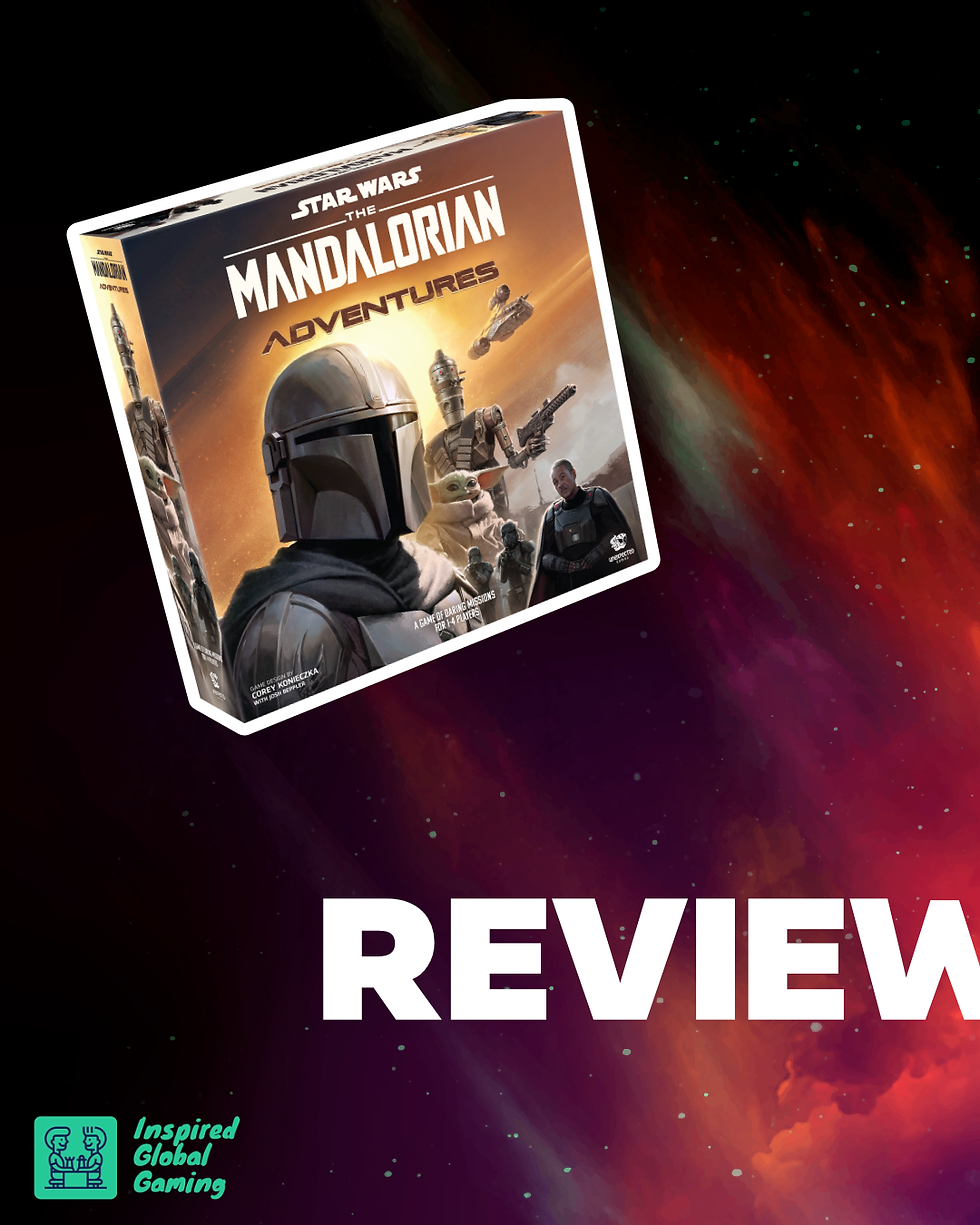Take Time - An Unexpected Discovery That Will Make You Lose Track of Time
- Renaud Fleusus

- Oct 3
- 4 min read
I have to confess something: Take Time is definitely not the kind of game I would have naturally gravitated toward. Let's be honest, when you look at the box or hear about the concept, it doesn't exactly scream "game of the year." And yet, thanks to the Asmodee evening, I discovered a little gem that completely won me over.
The Unsettling Discovery
During the rules explanation, I genuinely wondered: "what is this game?!" The concept leaves you a bit perplexed at first. We have to collectively organize ourselves to place 12 cards around a clock... without knowing what the others have in their hands. Even worse: we play our cards face down, in almost religious silence. I was completely thrown off. How can we expect to succeed at something together when no one knows what the other is doing?

Publisher : Libellud - Distributor : Asmodee France - Designers : Alexi Piovesan et Julien Prothière - Artist : Maud Chalmel - Player Count : 2 à 4 joueurs - Recommended Age : 10 ans et + - Playing Time : 30 minutes - Type : Jeu coopératif à communication limitée
The Miracle of Simplicity
And then we started playing. And that's when it became a revelation. Take Time isn't a blockbuster with miniatures everywhere and 300 rules to remember. No, it's quite the opposite. It's disarmingly simple: 24 cards (12 white "solar" cards numbered 1 to 12, and 12 black "lunar" cards with the same values), a clock divided into 6 sections, and you're off.
The concept is streamlined: we deal 12 cards among the players, we agree on a strategy by only looking at the backs of our cards, and as soon as we look at our cards... total silence. Taking turns, everyone places a card face down in front of one of the 6 clock sections. The goal? Each section must have at least one card, the total values must be increasing clockwise, and we must respect the specific constraints of the current clock.
The Ideal Audience: Novices!
What really struck me is how extraordinarily well Take Time works with a "novice" audience. In my school, with all the students, the game works perfectly. Why? Because there's almost no material to handle, the rules can be understood in two minutes, and yet the puzzle is rich enough to captivate everyone.
The game offers 40 challenges divided into 10 chapters of 4 clocks each. And that's where the genius operates: the rules evolve gradually. We start simple, and little by little, new constraints appear. A section that must have exactly 3 cards. Another that only accepts "day" cards. Maximum values not to exceed. This natural progression allows anyone to get into the game without feeling overwhelmed.
The Mind Effect, But Better
If you've already played The Mind, you'll understand: Take Time produces the same sensations of silent connection with your partners, but with additional strategic depth. Where The Mind essentially relies on feeling, Take Time gives you more control over the situation thanks to the initial discussion phase and the few cards you can play face up.
That moment when you flip the cards and discover whether you succeeded or not is incredibly tense. When it works, it's an explosion of collective joy. When it fails, we immediately want to try again to do better. It's addictive as hell.
My Personal Take
Honestly, I would never have bet a penny on this game at first. The idea of playing in silence with such strict constraints seemed like a recipe for frustration. But Take Time managed to prove to me that sometimes, the best gaming experiences come from where you least expect them.
It's not a game that will revolutionize the board game world. It's not the one that will make the cover of all the magazines either. But it's a game that works, plain and simple. A game that brings people together, that makes you work on deduction and observation, that creates connection without needing endless chatter.
The material is beautiful (Maud Chalmel's illustrations give each clock a real personality), the Libellud production is flawless as usual, and above all, you can feel that the designers spent time refining every detail to make the experience as smooth as possible.
Who Do I Recommend It To?
Take Time is perfect for:
Groups who love cooperative games but are tired of chatty games
Families with preteens/teens looking for something accessible but not simplistic
Teachers who want an educational game (deduction, logic, non-verbal communication) without it being obvious
Casual gamers who find big games too complicated
However, if you play with people who can't help but cheat by whispering or who don't respect the silence rules, skip it. The experience relies entirely on this collective discipline.
Final Thoughts
Take Time is proof that you can do a lot with very little. It's a game that surprised me, unsettled me, and then completely won me over. I never thought I'd say this after that disastrous rules explanation where I was totally lost, but today, it's one of the games I bring out most easily with my students.
So yes, it may not be the flashiest game of the year. But sometimes, the best discoveries are the ones you didn't expect. And Take Time is undeniably one of them.
Personal Rating: 🕐🕐🕐🕐/5 clocks (because I failed the fifth one... but I'm going back!)




Comments